Rovinj is a coastal town in Croatia located on the western side of the Istrian Peninsula. It is known for its historic Old Town, colourful streets, and Adriatic views. The town attracts visitors with its local seafood, cultural landmarks, and nearby islands. Walking through Rovinj, you will find narrow alleys, stone buildings, and lively markets. St. Euphemia’s Church stands tall in the centre, offering sea views. The town’s harbour is busy with fishing boats and cafes. Whether exploring historical sites or enjoying fresh seafood, Rovinj has something for every traveller.
Location

Photo: Beraldo Leal / Wikimedia Commons
Rovinj is situated in the Istria region of Croatia, along the Adriatic Sea. It is about 40 km from Pula and 250 km from Zagreb.
How To Reach
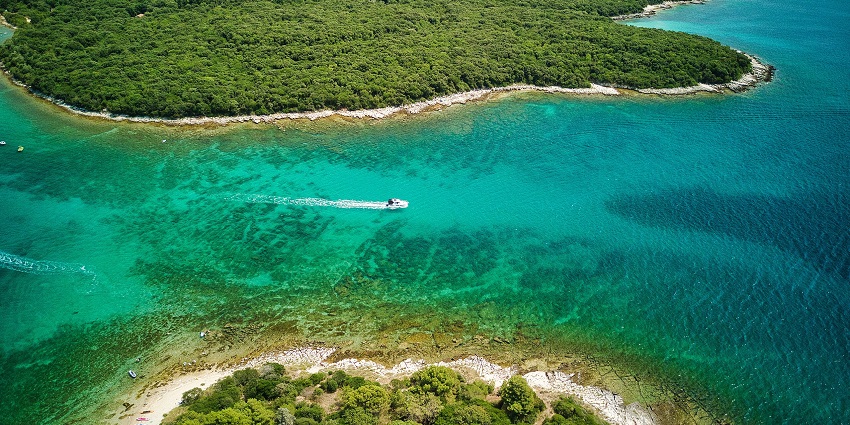
Photo: Daniel Reust / Wikimedia Commons
There are multiple ways to reach Rovinj, depending on where you travel.
By Air: The nearest airport to Rovinj is Pula Airport (PUY), about 40 km away. From Pula Airport, you can take a taxi, rent a car, or use a shuttle bus to reach Rovinj.
By Bus: There are frequent buses from major Croatian cities like Zagreb, Rijeka, and Pula to Rovinj. International bus routes also connect it to neighbouring countries like Italy and Slovenia.
By Rail: Rovinj does not have a train station. The nearest railway station is in Kanfanar, about 20 km away. From there, you can take a taxi or a local bus to Rovinj.
Places To Visit In And Around Rovinj
Rovinj is home to historical sites, natural attractions, and cultural landmarks. Here are the top five places you should visit.
1. Old Town Rovinj
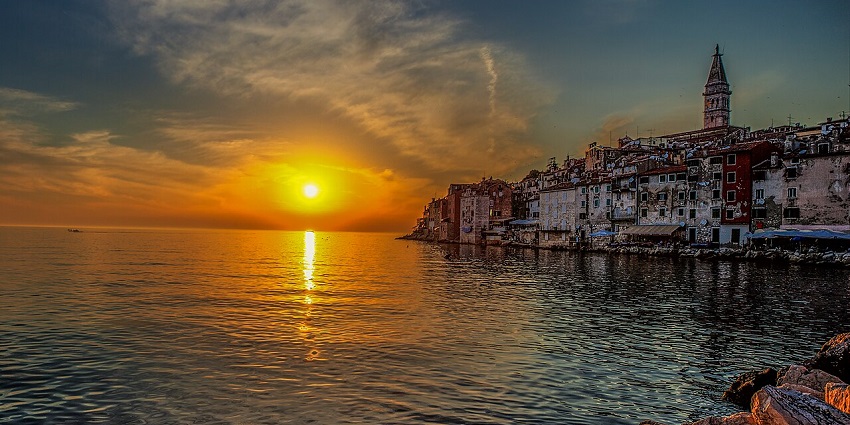
Photo: Valerii Tkachenko / Wikimedia Commons
The Old Town of Rovinj is a place filled with history. Its narrow streets are lined with stone houses, small shops, and local restaurants. The town developed on a small island later connected to the mainland. The streets lead to the main square, where you can see old buildings and local artists selling handmade crafts. The town has several historical sites, including the Balbi Arch and the Town Clock. Visitors can walk around, take photos of Rovinj, and visit galleries that showcase local art. The Old Town is always lively, with people exploring and enjoying the local food.
Entry Fee: Free
Ideal Trip Duration: 2 – 3 hours
2. St. Euphemia’s Church
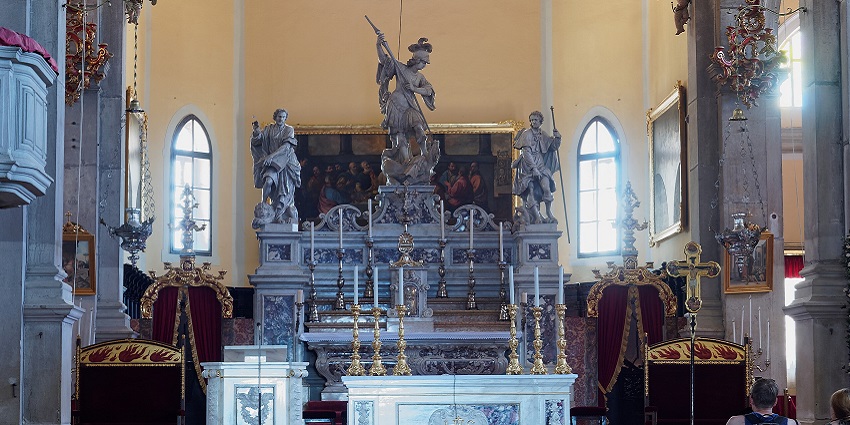
Photo: Arnoldius / Wikimedia Commons
St. Euphemia’s Church is one of the most important landmarks in Rovinj. It is dedicated to Saint Euphemia, whose remains are said to have washed up on the shore in a stone sarcophagus. The church was built in the 18th century and has a bell tower that stands 60 metres high. Visitors can climb the tower to view the Adriatic Sea. Inside, the church has old paintings and relics that tell the story of the saint. People come here to learn about the town’s history, attend religious services, and enjoy the view from the top.
Timings: 9 AM – 6 PM
Ideal Trip Duration: 1 hour
3. Golden Cape Forest Park
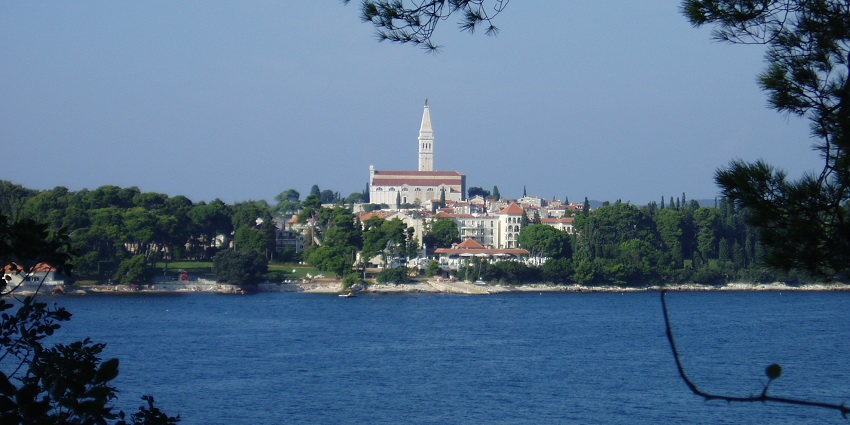
Photo: Ivana / Wikimedia Commons
Golden Cape Forest Park, also called Punta Corrente, is a large green area near Rovinj. It was designed in the 19th century and is now a protected area. People visit the park to walk, run, or cycle along the trails. The park has different types of trees and plants, some from other countries. There are also rocky beaches where people swim and relax. Rock climbing is popular in certain parts of the park. Families often bring food for a picnic. The park is important for locals because it provides a place to enjoy outdoor activities and escape the busy town.
Entry Fee: Free
Ideal Trip Duration: 2 hours
4. Rovinj Harbour
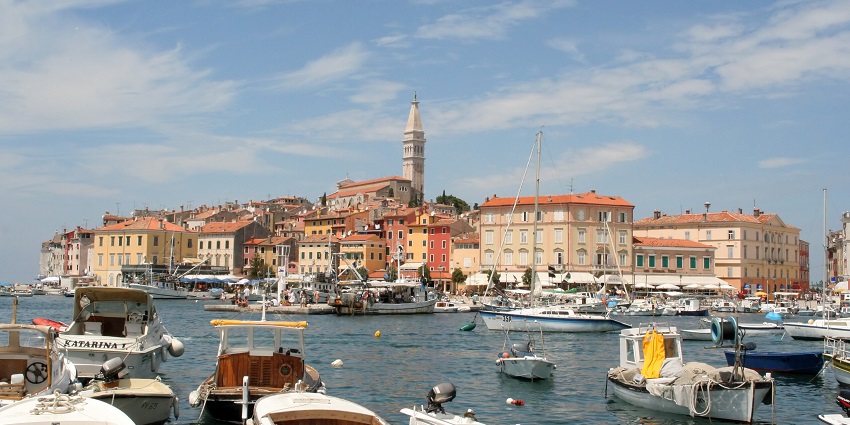
Photo: Spencey82 / Wikimedia Commons
The harbour in Rovinj is a busy place where fishing boats and small yachts are docked. It has been the centre of the town’s fishing industry for centuries. Local fishermen bring fresh seafood to the market every morning; visitors can see them working on their boats. The harbour has cafes and restaurants serving seafood dishes like grilled fish and squid. Boat tours to nearby islands start here, and people can take short trips to St. Catherine’s Island. Walking along the harbour in the evening is a popular activity as the lights from the town reflect on the water.
Entry Fee: Free
Ideal Trip Duration: 1 – 2 hours
5. Monkodonja Hill Fort
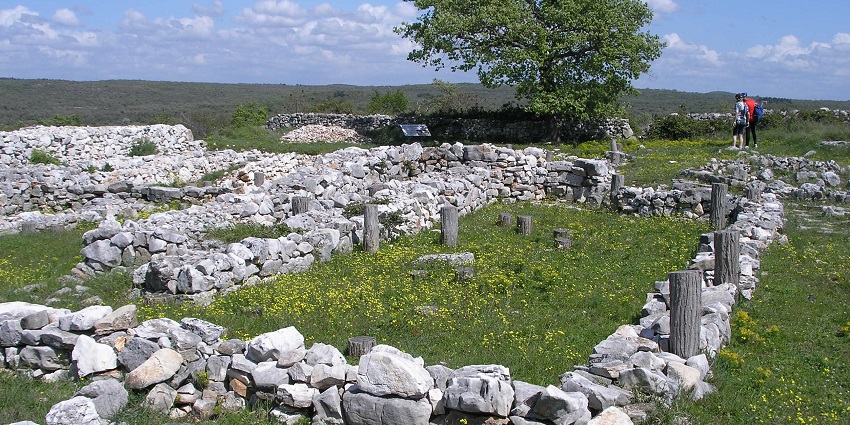
Photo: Orlovic / Wikimedia Commons
Monkodonja is an ancient hill fort located a short distance from Rovinj. It was built around 1800 BC during the Bronze Age and was once home to about 1,000 people. Archaeologists have found stone walls, houses, and objects that show how people lived here. You can see the Adriatic Sea and the surrounding landscape from the top of the hill. Visitors can walk among the ruins and learn about the region’s history. The fort is an important site for understanding the early cultures of Istria. It is a quiet place to explore and take photos of historic spots.
Entry Fee: Free
Ideal Trip Duration: 3 – 4 hours
Where To Stay
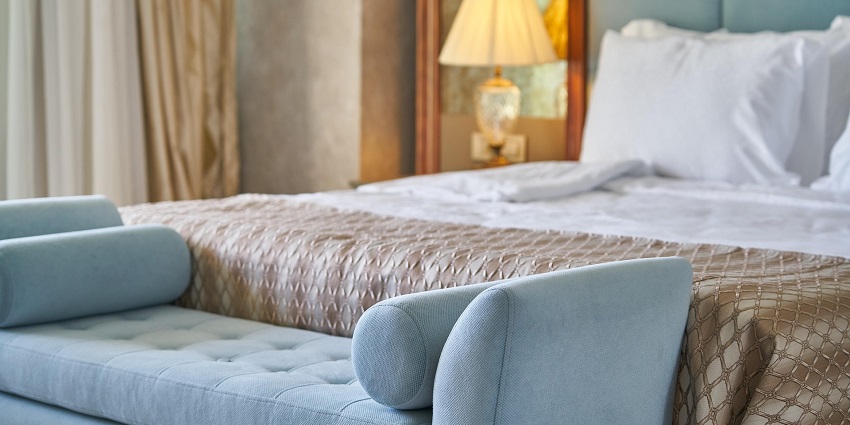
Photo: Engin_Akyurt / Pixabay / Image For Representation Only
Rovinj offers a variety of accommodation options, from budget-friendly hostels to luxury hotels. The Old Town area is ideal for those wanting to stay close to historical sites, while the beachfront resorts provide beautiful sea views. Hotels like Grand Park Hotel and Lone Hotel offer premium services, while budget travellers can find affordable guesthouses and Airbnb options.
Where To Eat
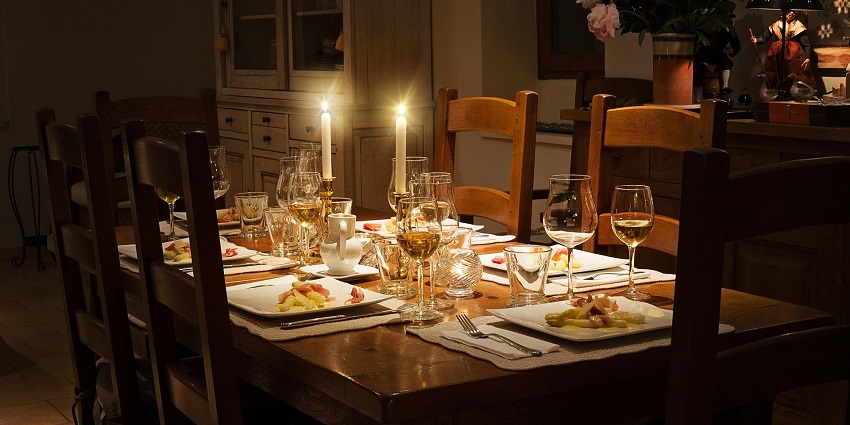
Photo: JillWellington / Pixabay / Image For Representation Only
The food scene in Rovinj is known for its fresh seafood and traditional Istrian cuisine. Restaurants like La Puntulina and Monte serve high-quality seafood and fine dining options. Konoba Kantinon offers local specialities like truffle pasta and grilled fish for a more budget-friendly meal. Street food lovers can enjoy snacks like burek and cevapi from small eateries.
Best Time To Visit
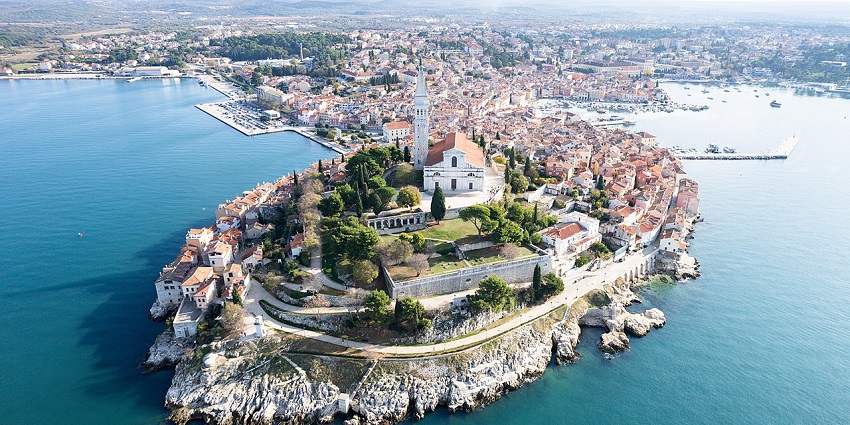
Photo: Florian Westermann / Wikimedia Commons
The best time to visit Rovinj is from May to September when the weather is warm and ideal for sightseeing and beach activities. July and August are the peak tourist months, so expect larger crowds. If you prefer a quieter visit, April, May, and September are great options with pleasant weather and fewer tourists.
Other Factors To Consider
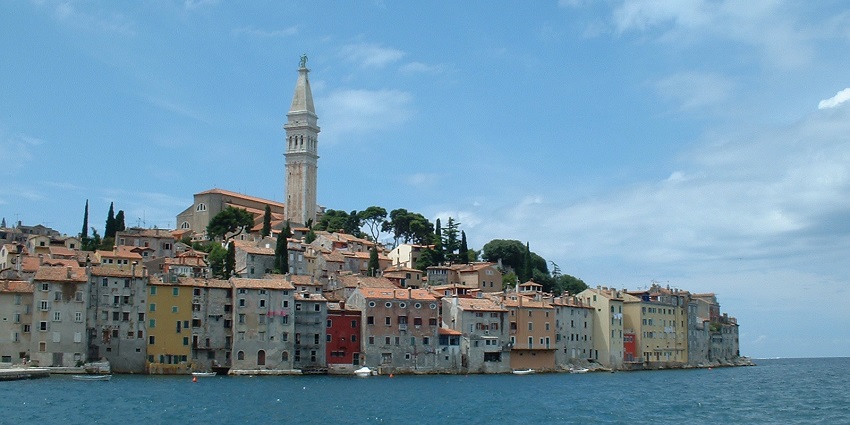
Photo: Tieum512 / Wikimedia Commons
Average Cost Of The Trip
The trip cost to Rovinj depends on your travel style. A budget trip can cost around €50 (₹4,500) per day, including accommodation, food, and transport. A mid-range budget may be around €100 (₹9,000) per day, while a luxury trip can go beyond €200 (₹18,000) per day.
Tips For Travellers
- Carry cash, as some small restaurants and shops do not accept cards
- Rent a bicycle to explore the town easily.
- Try local Istrian wines, which are popular in the region.
- Book hotels in advance if travelling during peak season.
- Wear comfortable shoes as the Old Town has many cobbled streets.
Rovinj is a great place to explore, with its Old Town, harbour, and nearby natural spots. The town has a mix of history, good food, and a relaxed atmosphere. You can walk through its streets, take a boat trip, or enjoy a meal by the sea. If you are planning a visit, book your trip with TripXL for a hassle-free experience.
Cover Photo: Paula Borkovic / Wikimedia Commons


 WhatsApp
WhatsApp
 Twitter
Twitter









